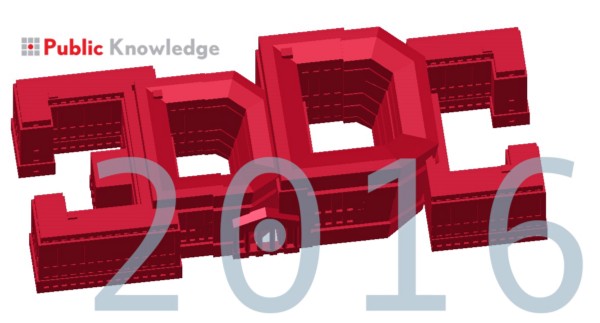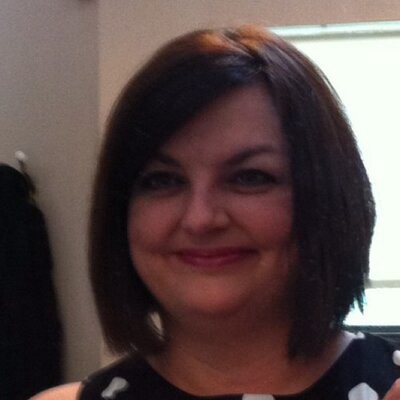By Courtney Duffy on April 13th, 2016
Q&A with Educator Teresa Sappington on STEAM Education, 3D/DC 2016, and more

In our final installment of our interview series with 3D printing industry leaders leading up to #3DDC2016, we talk to Teresa Sappington, Albert Einstein Distinguished Educator Fellow. Teresa is a high school engineering teacher from Lamar County Center for Technical Education in Purvis, MS. She is sponsored by the Department of Energy’s Office of Science and currently serves as a Congressional Fellow on Capitol Hill with Congressman Mark Takano’s office since the fall of 2015.
3D/DC is coming up this Thursday, April 14, and there is still time to RSVP. You can find Teresa on Twitter @tbsappington, as well as the Maker Caucus @MakerCaucus.

How have you incorporated 3D printing into the classroom?
When I teach Computer Aided Design I allow students to 3D print their creations. Students are always excited about seeing the physical representation of their virtual creations. In the advanced engineering classes, students use the 3D printer to print parts they design for robots and other projects, like animatronics.
What factors are prohibiting more educators from tying 3D printing into their curricula?
The first problem is understanding where in the curriculum 3D printing would fit. In the Next Generation Science Standards, engineering design is embedded at each grade level. Teachers can use 3D design and printing to teach these concepts. Many online resources show teachers how to teach math and science with 3D printing.
The second problem is that many educators are unfamiliar and uncomfortable with 3D Computer Aided Design (CAD) programs. In the past, there were only industry programs that were difficult to learn and use. However, new programs allow for creation of simple 3D design without having to know the traditional CAD programs. In fact, some programs now create 3D printed objects from drawings on your IPad.
What is your perception of how Congress views 3D printing technology?
As the Maker movement grows, more 3D printers are going into libraries, schools, and museums. Congress is very interested in 3D printing technology because of this expansion of 3D printing across the nation. Many Federal agencies are investing resources in research and development of 3D printing technologies. With events like 3D/DC, more members and their staff will get an opportunity to see 3D printing in action and learn about the advances in 3D printing.
You are an Albert Einstein Distinguished Educator Fellow. What does that role entail?
I have been working in the office of Congressman Mark Takano during my 11-month fellowship. My primary focus has been on the Maker Caucus. I help organize events to promote the Maker movement, catalog Makerspaces and their districts, and research all aspects of the Maker movement to keep the Maker Caucus informed. My background as a Maker and engineering teacher perfectly fit with my work on the Maker Caucus. It’s been a very rewarding experience.
Tell us about a few of your favorite projects or initiatives during your time in DC.
My favorite project was the Making in the Arts exhibition. It was a joy to work with the artists involved in the exhibition and to see all the innovative ways they use making in their art. One of the projects was a group that hand knits beautiful and colorful nets for empty hoops on neglected basketball courts. The inspirational project brought together making, art, and social change in a unique way. In another of the exhibits, an art professor 3D scanned Representative Takano and later sent us a 3D printed bust of him.
What are you most looking forward to seeing at 3D/DC 2016?
I’m looking forward to seeing the innovative 3D printing tools and products.
